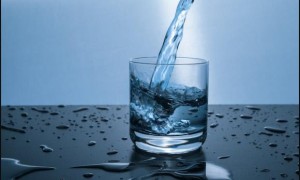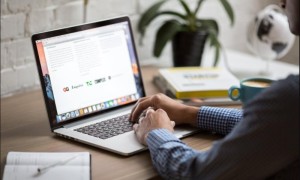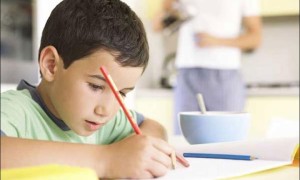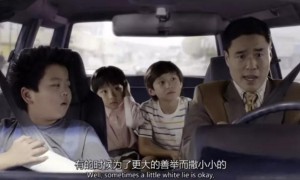环保组织“摆脱塑缚”的年度审计结果显示,可口可乐连续第三年成为世界最大塑料污染源,百事可乐和雀巢紧随其后。这些饮料巨头被指责在减少塑料污染上毫无进展,尽管他们一直宣称自己正在积极解决。
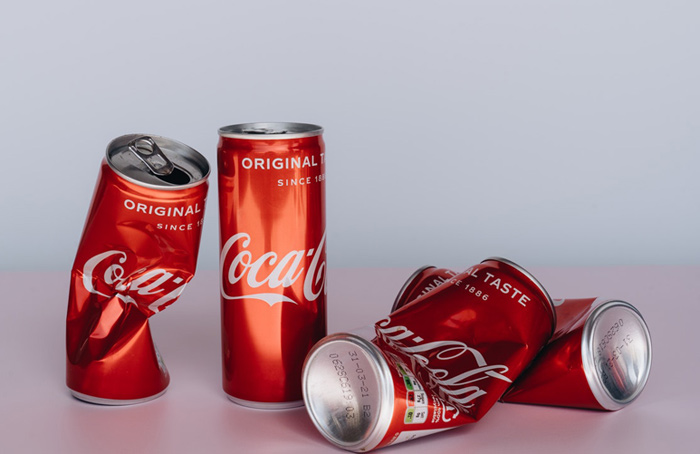
Photo from Pexels by alleksana
Coca-Cola, PepsiCo and Nestlé have been accused of “zero progress” on reducing plastic waste, after being named the world’s top plastic polluters for the third year in a row.
连续第三年成为世界最大塑料污染源的可口可乐、百事可乐和雀巢被指在减少塑料污染上“零进展”。
Coca-Cola was ranked the world’s No 1 plastic polluter by Break Free From Plastic in its annual audit, after its beverage bottles were the most frequently found discarded on beaches, rivers, parks and other litter sites in 51 of 55 nations surveyed. Last year it was the most frequently littered bottle in 37 countries, out of 51 surveyed.
“摆脱塑缚”组织的年度审计结果显示,可口可乐是世界最大的塑料污染源。该组织调查了55个国家和地区,在其中51个国家和地区的海滩、河流、公园和其他场所发现得最多的垃圾就是可口可乐的废弃饮料瓶。去年该组织调查了51个国家和地区,其中37个国家和地区最常见的垃圾是可口可乐饮料瓶。
It was found to be worse than PepsiCo and Nestlé combined: Coca-Cola branding was found on 13,834 pieces of plastic, with PepsiCo branding on 5,155 and Nestlé branding on 8,633.
可口可乐的塑料污染比百事可乐和雀巢加在一起还要糟:在13834片垃圾上发现了可口可乐的标志,在5155片垃圾上发现了百事可乐的标志,在8633片垃圾上发现了雀巢的标志。
The annual audit, undertaken by 15,000 volunteers around the world, identifies the largest number of plastic products from global brands found in the highest number of countries. this year they collected 346,494 pieces of plastic waste, 63% of which was marked clearly with a consumer brand.
由世界各地的15000名志愿者开展的年度审计活动识别出哪些在最多国家出现的国际品牌的塑料垃圾数量最大。今年他们收集了34万6494片垃圾,其中有63%都带有明显的消费品牌标识。
Coca-Cola came under fire from environmental campaigners earlier this year when it announced it would not abandon plastic bottles, saying they were popular with customers. In March, Coca-Cola, PepsiCo, Nestlé and Unilever were found to be responsible for half a million tonnes of plastic pollution in six developing countries each year in a survey.
今年早些时候,可口可乐因为宣布不会弃用塑料瓶而遭到了环保人士的炮轰。可口可乐的理由是塑料瓶很受顾客的欢迎。今年三月的一项调查发现,可口可乐、百事可乐、雀巢和联合利华每年在六个发展中国家产生50万吨塑料垃圾。
"The world’s top polluting corporations claim to be working hard to solve plastic pollution, but instead they are continuing to pump out harmful single-use plastic packaging,” said Emma Priestland, Break Free From Plastic’s global campaign coordinator.
“摆脱塑缚”组织的全球运动协调员艾玛·普瑞思特兰德称:“在全球造成最多污染的这些公司声称在努力解决塑料污染问题,但实际上他们却在继续生产有害的一次性塑料包装。”
Priestland said the only way to halt the growing global tide of plastic litter was to stop production, phase out single use and implement reuse systems.
普瑞思特兰德说,抵挡全球塑料污染潮的唯一方法就是停止生产、逐步淘汰一次性塑料用品以及推行回收利用系统。
"Coca-Cola, PepsiCo, and Nestlé should be leading the way in finding real solutions to reinvent how they deliver their products,” she said.
她说:“可口可乐、百事可乐和雀巢应该带头研发能真正解决塑料污染问题的产品新包装。”
Up to 91% of all the plastic waste ever generated has not been recycled and ended up being incinerated, in landfill or in the natural environment, according to a 2017 study.
根据2017年的一项研究,过去产出的所有塑料污染物中有多达91%没有被回收,最后都被焚化、扔进垃圾填埋场或自然环境中。

Photo from Pexels by George Becker
This year’s global audit of branded plastic waste revealed that single-use sachets, which are used to sell small volumes of products such as ketchup, coffee and shampoo, were the most commonly found type of item, followed by cigarette butts, then plastic bottles.
今年的全球品牌塑料污染审计活动揭示,用来出售小剂量番茄酱、咖啡和洗发水等产品的一次性小包装袋是最常见的塑料污染物,其次是香烟头,然后是塑料瓶。
sachet[sæˈʃeɪ]: n. 香囊;小袋
Simon Mbata, national coordinator of the South African Waste Pickers Association, said: “The majority of plastic we come across cannot be recycled. We find it everywhere, in our waste stream, on our land. When it is buried, it contaminates our soil. Whatever cannot be recycled must not be produced.”
南非拾荒者协会的全国协调员西蒙·马塔说:“我们捡到的大部分塑料都不能被回收。我们到处都可以见到这样的垃圾,在我们的废物流中,在我们的土地上。当种垃圾被埋起来后,就会污染我们的土地。任何不能被回收的东西都不应该被生产。”
Coca-Cola said it was working to address packaging waste, in partnership with others, and disputed the claim that it was making no progress.
可口可乐表示,正在与其他机构合作解决包装污染问题,并驳斥了“零进展”的指控。
"Globally, we have a commitment to get every bottle back by 2030, so that none of it ends up as litter or in the oceans, and the plastic can be recycled into new bottles,” a spokesperson said. “Bottles with 100% recycled plastic are now available in 18 markets around the world, and this is continually growing.”
可口可乐的发言人称:“我们向全球承诺,到2030年会回收所有饮料瓶,不让它们成为垃圾或进入海洋,然后将回收的塑料制成新饮料瓶。目前在世界各地的18个市场上可以买到百分百可回收的塑料瓶饮料,而且这个比例正在持续增加。”
The spokesperson said Coca-Cola had also reduced plastic use in secondary packaging, and that globally “more than 20% of our portfolio comes in refillable or fountain packaging”.
这名发言人表示,可口可乐还减少了二次包装的塑料使用,全球“超20%的整装产品都采用可重复使用的包装盒或喷泉机”。
A spokesperson for PepsiCo said the company was taking action to tackle packaging through “partnership, innovation and investments”. They said it has set plastic reduction goals “including decreasing virgin plastic in our beverage business by 35% by 2025”, and was also “growing refill and reuse through businesses like SodaStream and SodaStream Professional, which we expect will avoid 67bn single-use plastic bottles through 2025”.
百事可乐的发言人表示,该公司正在采取行动,通过“合作、创新和投资”来解决包装污染问题。他们声称已经设定了减少塑料污染的目标,“包括在2025年前将饮料业务中的全新塑料包装减少35%”,并“通过SodaStream和SodaStream Professional这样的气泡水机实现更多的饮料补充和塑料瓶再利用,我们预期到2025年将减少670亿个一次性塑料瓶的使用”。
A statement from Nestlé said the company was making “meaningful progress” in sustainable packaging, although it recognised more was needed: “We are intensifying our actions to make 100% of our packaging recyclable or reusable by 2025 and to reduce our use of virgin plastics by one-third in the same period. So far, 87% of our total packaging and 66% of our plastic packaging is recyclable or reusable.”
雀巢在一份声明中称,雀巢在可持续包装上正取得“重要进展”,不过雀巢也意识到还不够:“我们正在加强行动,争取在2025年前实现所有的包装可回收或可重复使用,并在此期间将全新塑料的使用量降低三分之一。迄今为止,我们所有包装的87%和塑料包装的66%是可回收或可重复使用的。”
英文来源:卫报


![15个有趣实用的英语俚语 [3]](https://www.yingyuw.cn/file/upload/202105/06/152351832.jpg)

